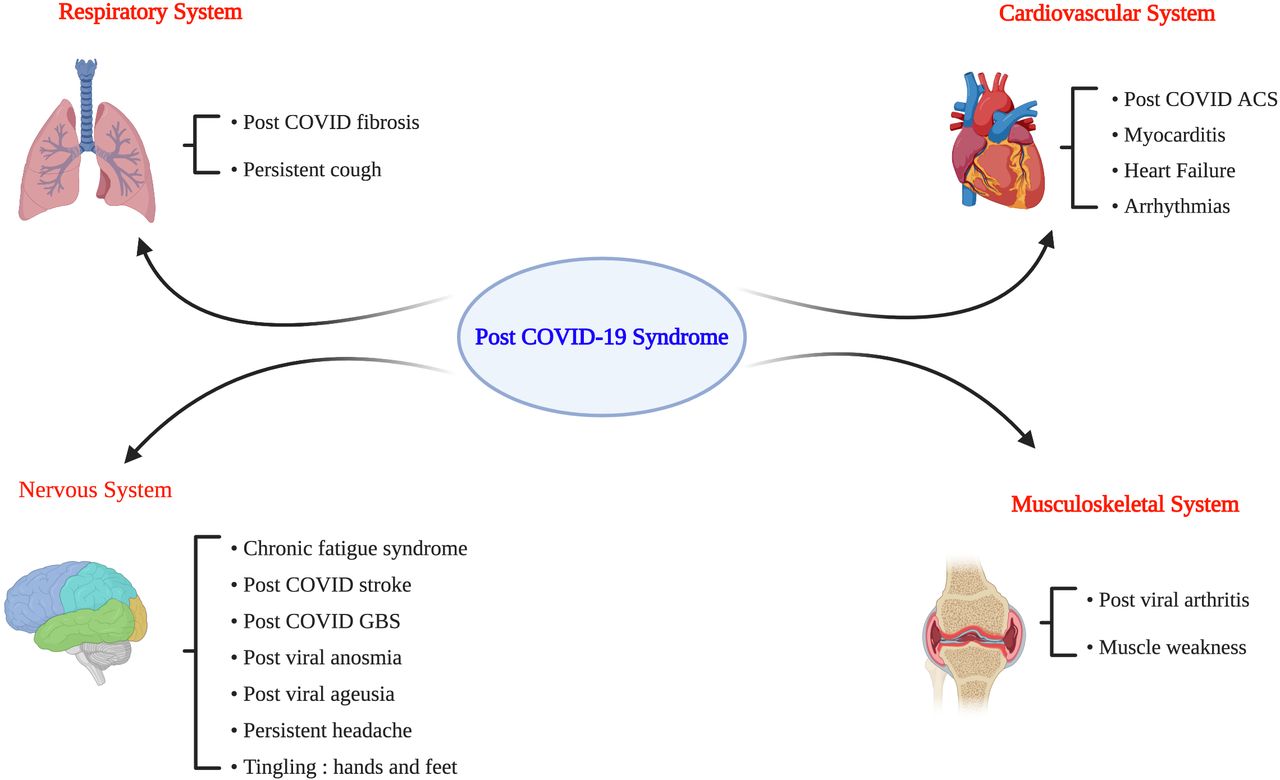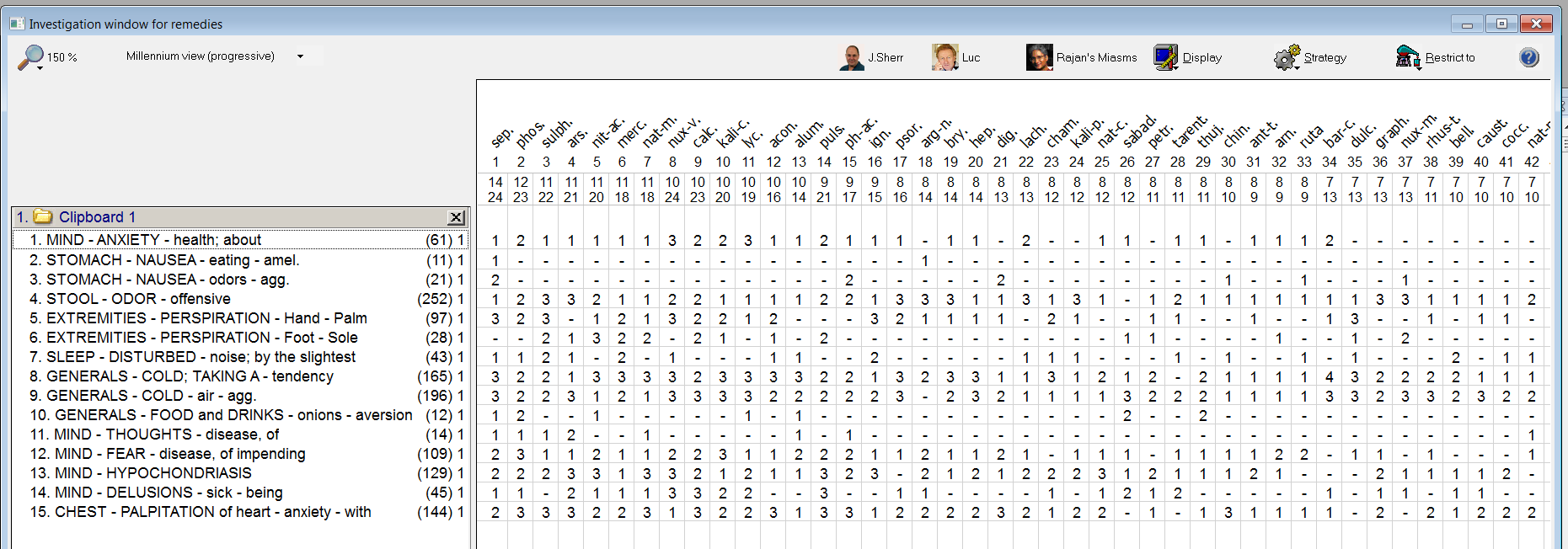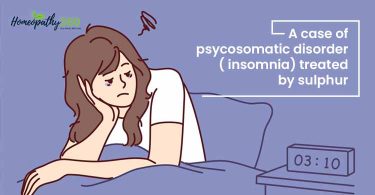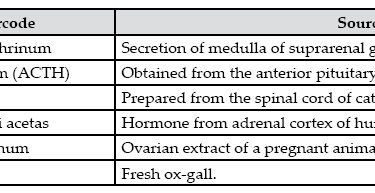
ABSTRACT: It is entirely normal for a person to have feelings of stress or anxiety during the COVID-19 outbreak. However, if these feelings become irrational and/or persistent they can have a severe impact on a person’s mental health. Hypochondriacal patients are always a challenge. They require an extra hour of physicians’ time; they are responsible for excessive healthcare; they often ask for unnecessary testing; they make repeated visits for minor ailments; they are in search of a new medication; and they are rarely satisfied when no definitive diagnosis or treatment is provided. They frequently require more consultation time with the physician. Many physicians fail to convince hypochondriacal patients that they have nothing to worry about.
Keywords: anxiety, hypochondriasis, illness anxiety disorder.
ABBREVIATIONS:
ICD-10-INTERNATIONAL CLASSIFICATION OF DISEASES
COVID-2019 – CORONA VIRUS DISEASE 2019
LMP-LAST MENSTRUAL PERIOD
RADAR-RAPID AID TO DRUG AIMED RESEARCH
UC– UNCOMMON
PQRS-PECULIAR QUEER RARE SYMPTOM
Rx-TO RECEIVE/TO TAKE
DSM-5 – DIAGNOSTIC AND STATISTICAL MANUAL OF MENTAL DISORDERS: FIFTH EDITION
INTRODUCTION: Patients manifest persistent somatic complaints or persistent preoccupation with their physical appearance. Normal or common sensations and appearances are often interpreted by a patient as abnormal and distressing, and attention is usually focused on only one or two organs or systems of the body. The feared physical disorder or disfigurement may be named by the patient, but even so the degree of conviction about its presence and the emphasis upon one disorder rather than another usually varies between consultations; the patient will usually entertain the possibility that other or additional physical disorders may exist in addition to the one given pre-eminence1. As stated in DSM 5: Most individuals with hypochondriasis are now classified as having somatic symptom disorder, however in minority of cases, the diagnosis of illness anxiety disorder applies instead2. The incidence of any psychiatric diagnosis in the 14 to 90 days after COVID-19 diagnosis was 18·1% (95% CI 17·6–18·6), including 5·8% (5·2–6·4) that were a first diagnosis3. The following was chosen as it covered the mental and physical characteristic symptoms, hence was not a surgical case, and showed good follow up and rapid cure.
CASE HISTORY
Ms. “K” is a 22-year-old female medical student, moderately built, with normal behaviour and appearance, who attended our psychiatry out-patient department in Dharmakiran Government Homoeopathic hospital, Ramanthapur, Hyderabad on 13 July 2021, presented with greenish brown soft stool for four days with offensive smell which smells like a medicine. She thinks that may be because of eating pastry four days ago outside she developed this complaint. Frequency of stool- once or twice in a day. Develops nausea because of offensive stool, she also feels nauseating while eating food because of its odour which gets relieved one hourafter eating+3. Nausea without vomiting. She was tested positive for COVID-19 on 23rd may 2021, from then onwards she developed anxiety about her health with general weakness. She had anxiety when she was tested positive about how did she contact. She had fear of getting lung infection. From then if she gets headache, she feels anxiety that it is migraine. After COVID, she started developing anxiety with shortness of breath, palpitations at least once in a day. She suffered from headache, around 6 pm in the evening, in the occipital region, relieved after sleeping. She has consulted many doctors, her symptoms persisted disproportionately in spite of reassurance that they are minor ailments and not dangerous.
Patient, as a person, she cannot mingle with others easily, feels like crying when she is angry. Her appetite – moderate, thirst- drinks large quantity of water 5 to 6 litres per day (before COVID-19 3-4 litres per day). Desires-chicken, potato, sweets. Aversion to raw onions2+; intolerance -ice-creams cold drinks, fanning as it causes itching in nose and ice, watering from nose and sneezing. Bowel movements-greenish brown soft stool with offensive smell, sleep- 10 pm to 6 am difficulty in falling asleep gets up 4-5 times, refreshing, position of sleep – right/left side. Cannot sleep in the darkness, she wants open air even when windows are open. Gets up easily to little noises during sleep and develops restlessness and palpitation (before covid she used to sleep without getting up in between). Perspiration on palms and soles even in winter and while writing exam answer sheet becomes wet; dreams – unremembered. Habit of drinking milk once in a day. Hobbies- watching television, playing badminton.
Menstrual history -LMP-5/7/2021. Menses- regular, 28 to 30 days cycle, flow for 3-4days with slight lower abdominal pain.
On examination-palms of both hands are cold and clammy.
DIAGNOSIS OF CASE: Hypochondriacal disorder as per ICD-101.
For a definite diagnosis, both of the following should be present:
(a) Persistent belief in the presence of at least one serious physical illness underlying the presenting symptom or symptoms, even though repeated investigations and examinations have identified no adequate physical explanation, or a persistent preoccupation with a presumed deformity or disfigurement;
(b) Persistent refusal to accept the advice and reassurance of several different doctors that there is no physical illness or abnormality underlying the symptoms.
DIFFERENTIAL DIAGNOSIS: somatisation disorder, depressive disorder, delusional disorder, anxiety and panic disorder1.
INVESTIGATION REPORTS-
COVID POSITIVE REPORT (TEXT MESSAGE TO HER CONTACT NUMBER)

CASE ANALYSIS
| Symptom analysis | ||||
| Sr. No | Chapter | Symptoms | UNCOMMON/COMMON | |
| 1 | MIND | Anxiety about her health | mental generals | Uncommon |
| 2 | MIND | Thoughts about disease | mental generals | Common |
| 3 | MIND | Fear of impending disease | mental generals | Common |
| 4 | MIND | Hypochondriasis | mental generals | Uncommon |
| 5 | MIND | Delusions-sick-being | mental generals | Uncommon |
| 6 | STOMACH | Nausea-eating-amel | physical generals | Uncommon |
| 7 | STOMACH | Nausea-odors-agg | physical generals | Common |
| 8 | STOOL | Odor-offensive | physical generals | Common |
| 9 | CHEST | Palpitations of heart-anxiety-with | particulars | Common |
| 10. | EXTREMITIES | Perspiration-hand-palm | physical generals | Uncommon |
| 11. | EXTREMITIES | Perspiration-foot-sole | physical generals | Uncommon |
| 12. | SLEEP | Disturbed-noise, by the slightest | physical generals | Uncommon |
| 13. | GENERALS | Cold taking- a tendency | physical generals | Uncommon |
| 14. | GENERALS | Cold air-agg | physical generals | Uncommon |
| 15. | GENERALS | Food and drinks- onions-aversion | physical generals | Uncommon |

MIASMATIC CLASSIFICATION4
| Sr. No | Chapter | Symptoms | P | SYC | SYP | LTP | LTSYC | LTSYP |
| TOTAL | 14 | 2 | 2 | 6 | ||||
| 1 | MIND | Anxiety about her health | 1 | 1 | ||||
| 2 | MIND | Thoughts about disease | 1 | |||||
| 3 | MIND | Fear of impending disease | 1 | 1 | ||||
| 4 | MIND | Hypochondriasis | 1 | 1 | ||||
| 5 | MIND | Delusions-sick-being | 1 | 1 | ||||
| 6 | STOMACH | Nausea-eating-amel | 1 | |||||
| 7 | STOMACH | Nausea-odors-agg | 1 | |||||
| 8 | STOOL | Odor-offensive | 1 | |||||
| 9 | CHEST | Palpitations of heart-anxiety-with | 1 | 1 | ||||
| 10. | EXTREMITIES | Perspiration-hand-palm | 1 | 1 | ||||
| 11. | EXTREMITIES | Perspiration-foot-sole | 1 | 1 | ||||
| 12. | SLEEP | Disturbed-noise, by the slightest | 1 | |||||
| 13. | GENERALS | Cold taking- a tendency | 1 | 1 | 1 | |||
| 14. | GENERALS | Cold air-agg | 1 | |||||
| 15. | GENERALS | Food and drinks- onions-aversion | 1 |
REPERTORISATION
REPERTORY: Synthesis treasure edition (SE92) [RADAR 10.0 software]5.
First prescription– SEPIA OFFICINALIS 200C/ 1dose.
Susceptibility of patient- moderately susceptible6,7.
Selection of potency: 200C was chosen as patient has moderate susceptibility6.
Basis of prescription (justification of remedy)-In terms of repertorial scoring SEPIA OFFICINALIS scored 14/24, Phosphorus 12/23, Sulphur 11/22, Arsenicum album 11/21. In this case, Sepia officinalis is preferred as it covered all the three miasms, nausea eating after amelioration5 (PQRS), nausea aggravation from odours5.
PROGNOSIS: On clinical examination, there was no gross pathology, so prognosis will be good6.
Treatment plan: Based on characteristic symptoms (PQRS)6 available, one can expect a complete cure.
Follow up of the case-
| DATE | COMPLAINTS | REMEDY | REASON |
| 15/7/2021 | She was feeling better by 50% of her complaints. Offensiveness of the stool also decreased. Stool colour was red. | Rx-Sepia officinalis 200 C 1dose | As it is an acute disease, remedy exhausts its action quickly so it needs repetition. |
| 19/7/2021 | Nausea relieved completely, offensiveness of stool decreased. Stool colour greenish pale. In the last two days, thirst increased with dryness of tongue. Sleep improved without getting up in the middle of night. | Rx-Placebo 1 dose | As there was improvement placebo was given. |
| 29/7/2021 | No further improvement of symptoms, so medicine was repeated in higher potency. | Rx-Sepia officinalis 1M, 1dose | As per aphorism 246 and 247 7 |
| 16/8/2021 | Dryness of tongue decreased with increased thirst. New symptoms-while passing stools, burning sensation which persisted for one hour after passing stool. She observed two drops of bright red colour blood after passing stool. Flatulence only morning. | Rx-Phosphorus 200 C,1 dose5,8 | Phosphorus 200 C as it is complementary to the Sepia officinalis8 and covered all the symptoms with higher score5 |
| 30/8/2021 | Complete relief of all the symptoms | Rx-Placebo 1 dose | As there was improvement placebo was given. |
CONCLUSION: In this case, after administering Sepia officinalis 1M/one dose, there was relief of her symptoms by 50 %. As it is an acute disease, remedy exhausts its action quickly so it needs repetition. As there were new symptoms based on her presenting totality, we changed the remedy to Phosphorus 200 C as it is complementary to the Sepia officinalis8 and covered all the symptoms with higher score5, her complaints got relieved where repetition was not required. This shows the efficacy of homoeopathy in treating mental disorders and post-COVID-19 ailments.
BIBLIOGRAPHY:
- World Health Organization, ICD-10 Classification of Mental and Behavioural disorders. Indian edition 2007. Delhi. A.I.T.B.S. Publishers & Distributors.1994.362.
- Kaplan & Sadock’s, ”Synopsis of Psychiatry”, 11th Edition, Copyright © 2015 by Wolters Kluwer (India) Pvt Ltd, New Delhi.
- Taquet M, Luciano S, Geddes JR, Harrison PJ; Bidirectional associations between COVID-19 and psychiatric disorder: retrospective cohort studies of 62 354 COVID-19 cases in the USA; 2021 February 01, Vol 8; ISSUE 2; P130-140.
- Patel RP. Chronic Miasms in Homoeopathy and Their Cure with Classification Of Their Rubrics/Symptoms In Dr. Kent’s Repertory. Indian Edition, New Delhi. Indian Books and Periodicals Publishers.
- RADAR 10.0 Software
- Close S, The genius of Homoeopathy, 2nd Editions, 5th impression 2010, B. Jain Publishers(P)LTD. New Delhi.
- Hahnemann S. ORGANON OF MEDICINE 6th Edition. New Delhi. Indian Books and Periodicals Publishers.
- Boericke W. New manual of Homoeopathic Materia Medica with Repertory.3rd revised and augmented ed. New Delhi: B. Jain publisher (P) ltd.2007.
About Author
Prof. Dr. A.V.RAJESHWAR RAO
M.D. (HOM), M.Sc. (Psychology)
PG Guide &and H.O.D, Dept. of Psychiatry,
J.S.P.S. Govt. Homoeopathic Medical College, Hyderabad-13






